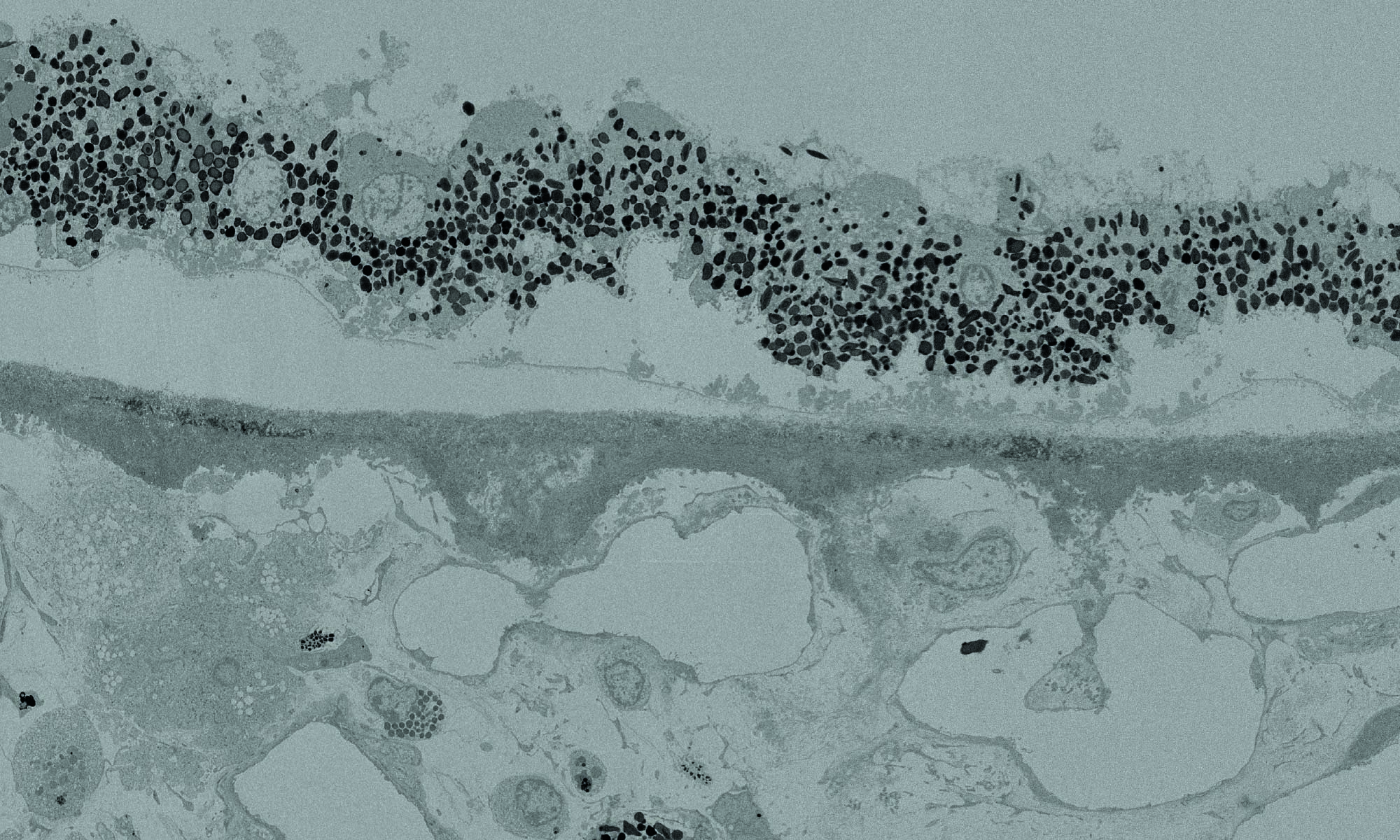Dr. Toomey is a vitreoretinal surgeon with a laboratory research program focused on glycobiology and lipoprotein metabolism in early and intermediate stages of age-related macular degeneration (AMD). AMD is the leading cause of irreversible vision loss in the elderly in industrialized nations. The majority of these patients suffer from early and intermediate “dry” AMD and are currently without treatment options. In the early and intermediate stages of AMD large diffuse lipoprotein-rich deposits, named drusen, are deposited in the macula, and impair vision. Drusen biogenesis appears to be initiated by the accumulation of lipoproteins in Bruch’s membrane. Within Bruch’s membrane, lipoproteins accumulate with age in a three-dimensional arrangement of collagen fibrils and proteoglycan chains of glycosaminoglycans. Our lab has previously shown that lipoproteins bind to the glycosaminoglycan, heparan sulfate, in Bruch’s membrane and that heparan sulfate content is nearly double in AMD Bruch’s membrane.
Structural variation makes glycosaminoglycans one of the most complex macromolecules found in nature and has been shown to be altered within aging and disease, including being an initiating event in atherosclerosis. However, modern molecular biology, under which most science is conducted (DNA>RNA>Protein>Cell), fails to incorporate these essential macromolecules. Thus, our understanding of a wide variety of retinal diseases, including AMD, is incomplete due to a limited understanding of Bruch’s membrane. Through collaborations with the world-renowned UC, San Diego Glycobiology Research and Training Center, our lab is focused on understanding the role of Bruch’s membrane glycosaminoglycan changes with aging and the development of early and intermediate AMD.
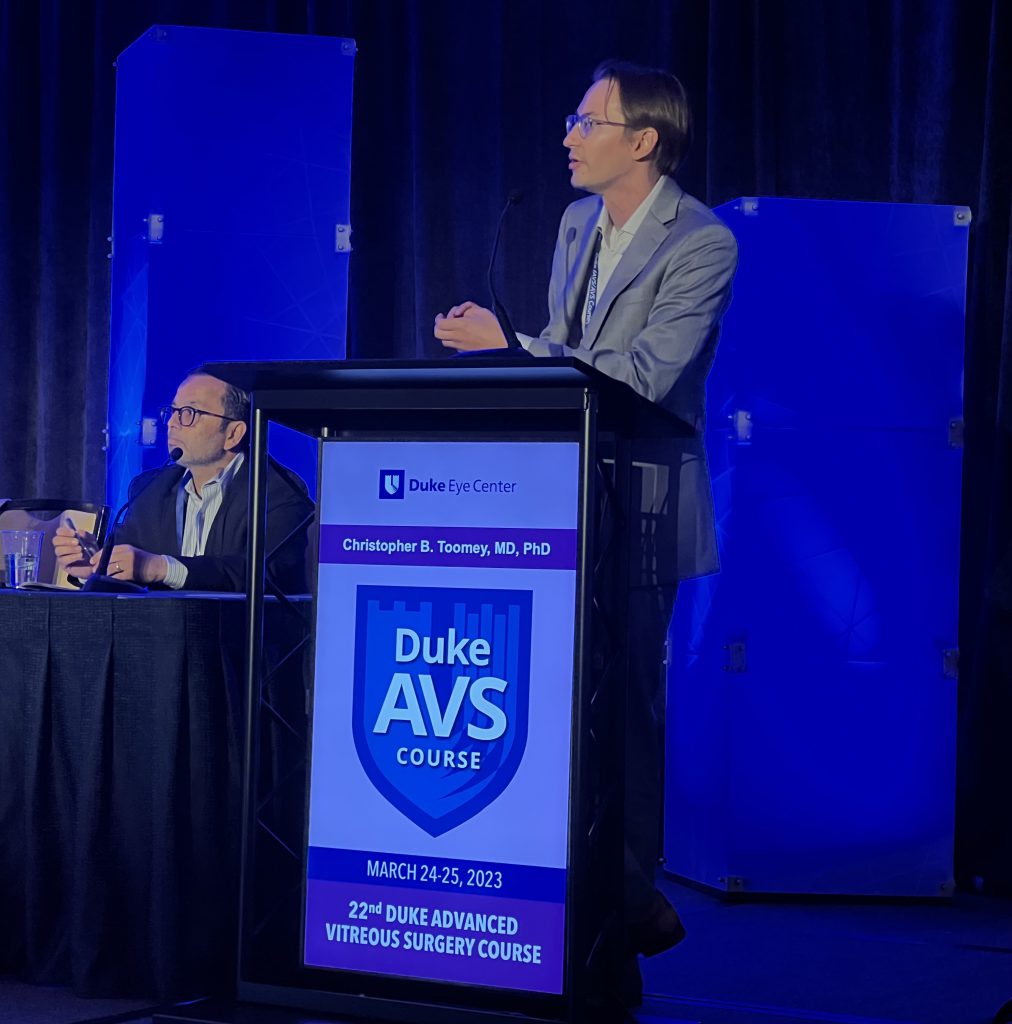
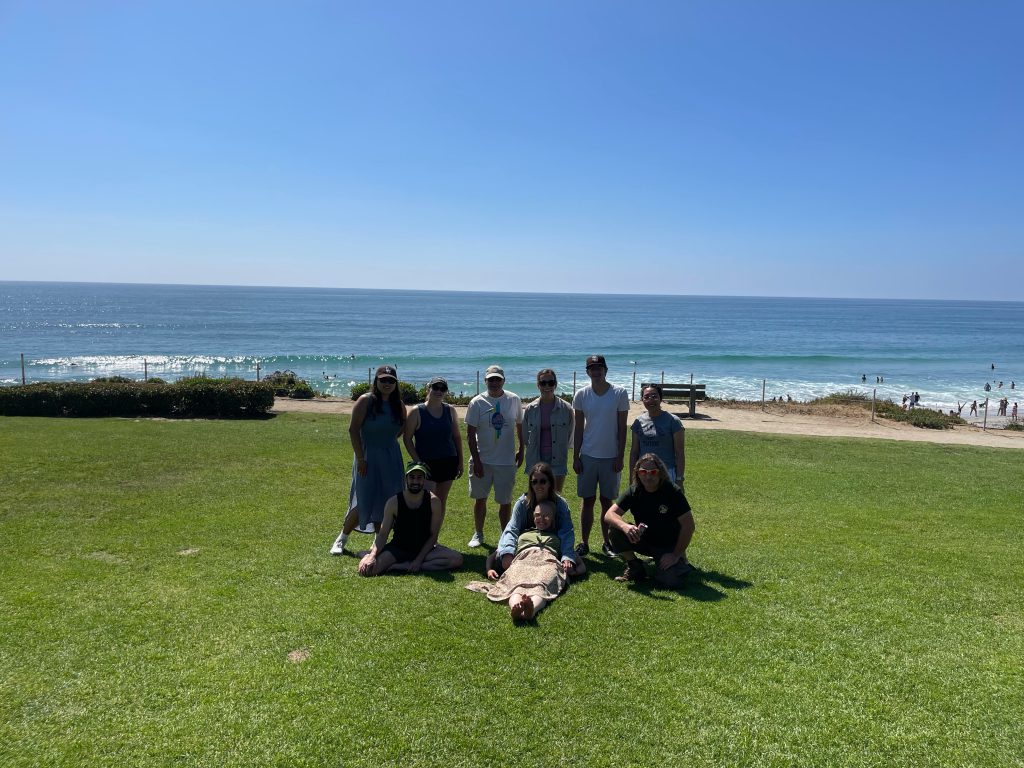
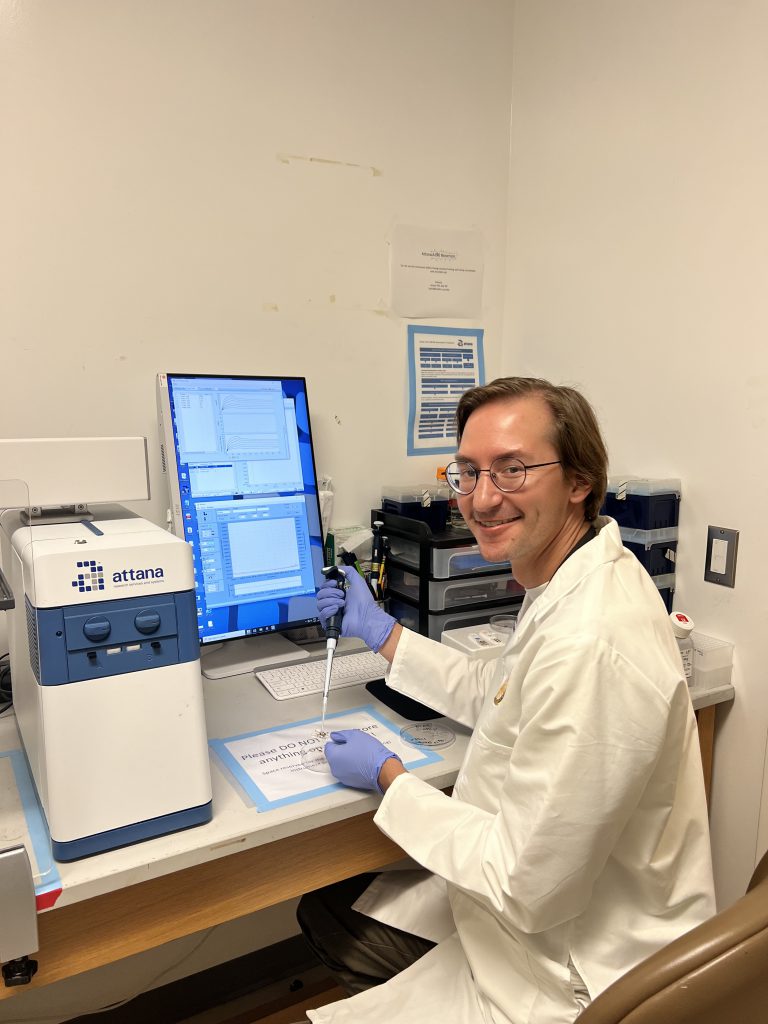
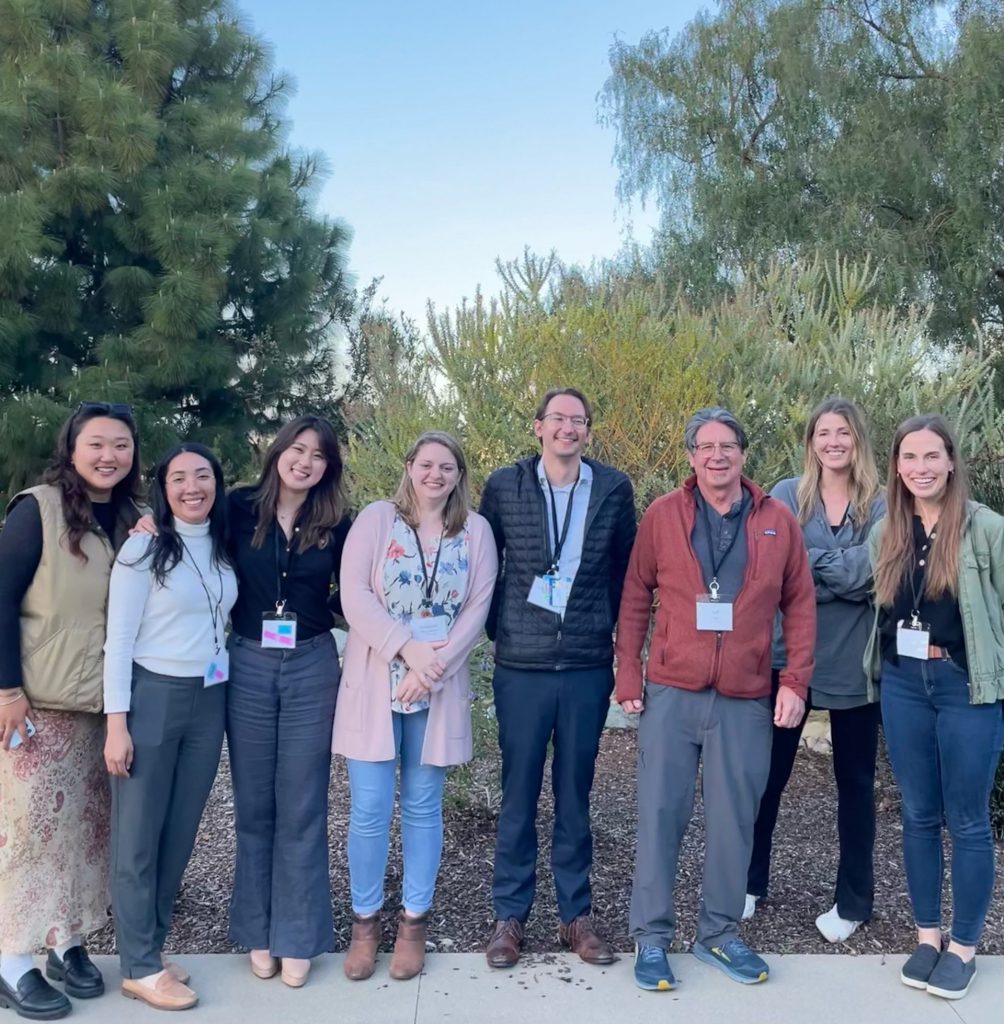
Funding Sources:
- Robert Machemer Foundation
- International Retinal Research Foundation
- National Institute of Health – National Eye Institute
- Research to Prevent Blindness
- UCSD Academic Senate
